What America relies on most from these 27 countries
What America relies on most from your country
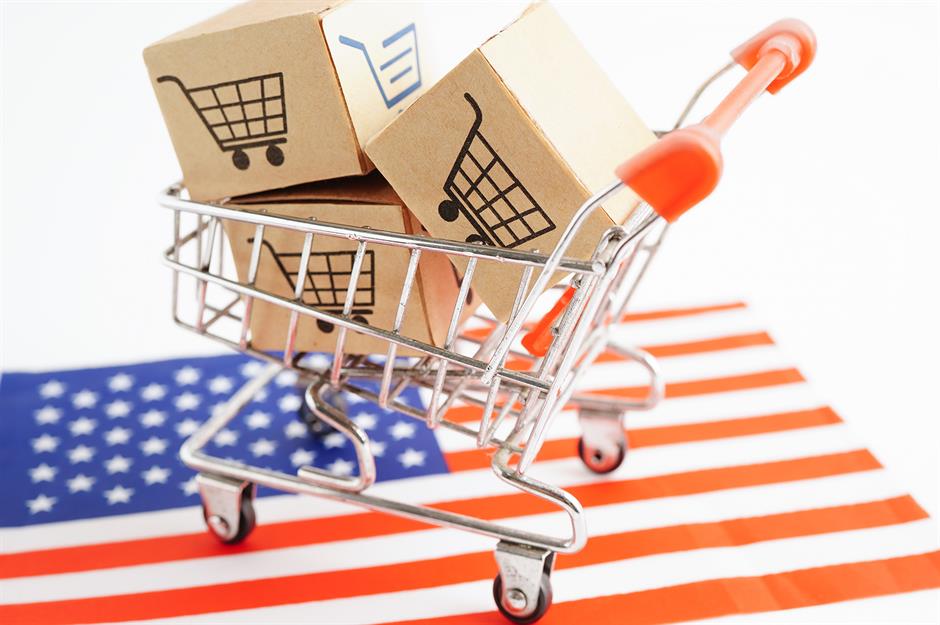
With President Trump's tariffs upending America's trading relationships, it's more critical than ever to understand what the nation depends on most from overseas. The US has a variety of sources for the biggest, most crucial imports like cars and oil. But the surprising truth is how much America counts on individual countries for certain goods – some quite conventional, others truly bizarre.
Read on to discover what the US is most reliant on from 27 selected countries, based on the item's percentage of America's total imports.
All dollar amounts in US dollars. Figures courtesy of New York Times analysis of US International Trade Commission data.
UAE: 9% of raw aluminium imports

The UAE is the second most important source of aluminium for the US, accounting for 9% of its imports. Shipments surged earlier this year as buyers stocked up ahead of President Trump's tariffs on the essential metal, which climbed to 50% in early June.
While the UAE holds the runner-up spot, Canada remains the overwhelming leader, supplying a substantial 77% of America's aluminium imports.
Russia: 15% of phosphatic fertiliser imports

America may have imposed punishing sanctions on Russia for invading Ukraine, but it continues to import certain goods from the country, with fertilisers at the top of the list. The US agricultural industry has to ship in 90% of its requirements from abroad and lacks viable alternative suppliers, hence the government's aversion to cutting off these much-needed imports.
Critics argue this ongoing reliance is inadvertently helping to fund President Putin's war machine.
Belgium: 22% of flax woven fabric imports
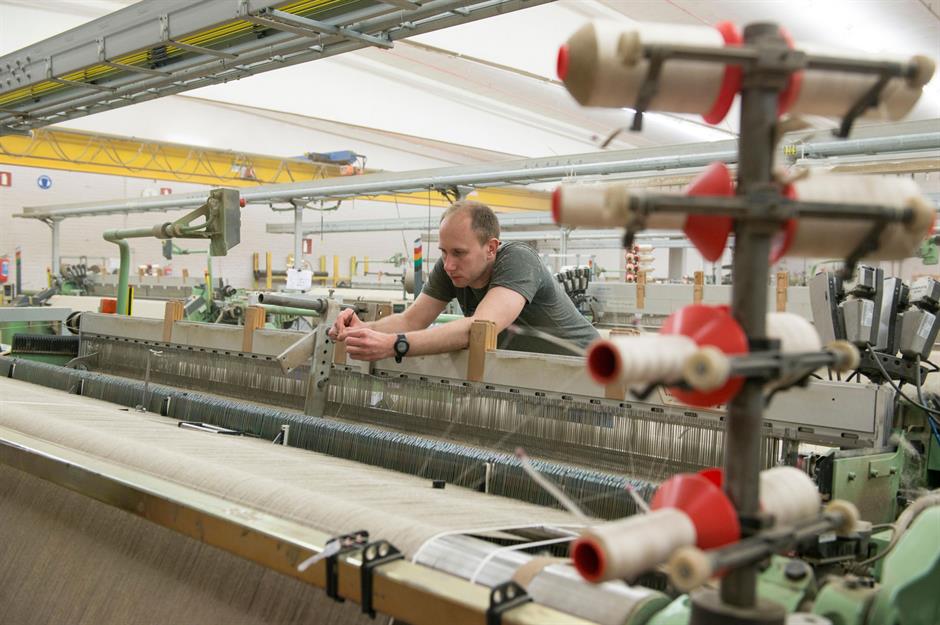
Belgium is the world's leading exporter of vaccines, and they represent its most valuable exports to the US. But the nation's number one export to America, as a share of total US imports, is flax woven fabric, aka linen.
Belgium is renowned for its linen industry, which has been flourishing since the Middle Ages, and the quality of the cloth the nation's mills produce is top-notch.
UK: 28% of antiques imports

Machinery and transport equipment is the UK's biggest export earner to the US, followed by fuels and chemicals. Britain is far from cornering any of America's import markets, but it does sell more antiques to the US than any other country, a fitting detail given the UK's rich history.
Britain is also America's top import source for textile wall coverings, including tapestries.
Austria: 29% of handgun imports

Underpinned by some of Europe's more liberal gun laws, Austria has a thriving small arms industry dominated by Glock. The controversial manufacturer produces some of America's bestselling guns, including the 19 and 43 pistols.
For this reason, Austria accounts for almost a third of US handgun imports, more than any other country. Incidentally, Glock is facing multiple lawsuits from states and cities alleging its semi-automatic pistols are easily converted into illegal machine guns, and that the company has contributed to America's gun violence crisis.
Singapore: 39% of glass with edge workings imports

Singapore's highest-value exports to the US include electronics and nuclear reactors. America sources plenty of these from elsewhere, but relies on Singapore for 39% of its glass with edge workings.
This sort of finished glass is used for everything from windows to furniture.
Ireland: 45% of sulfonamides imports

Packing a big punch for a country of its size, Ireland is America's ninth-largest import partner. Pharmaceuticals constitute the most important goods exported to the US; Ireland is America's leading foreign source of packaged medications and sulfonamides.
Sulfonamides are a class of synthetic medicines used to treat numerous conditions, including high blood pressure, Type 2 diabetes and HIV.
Malaysia: 46% of rubber apparel imports
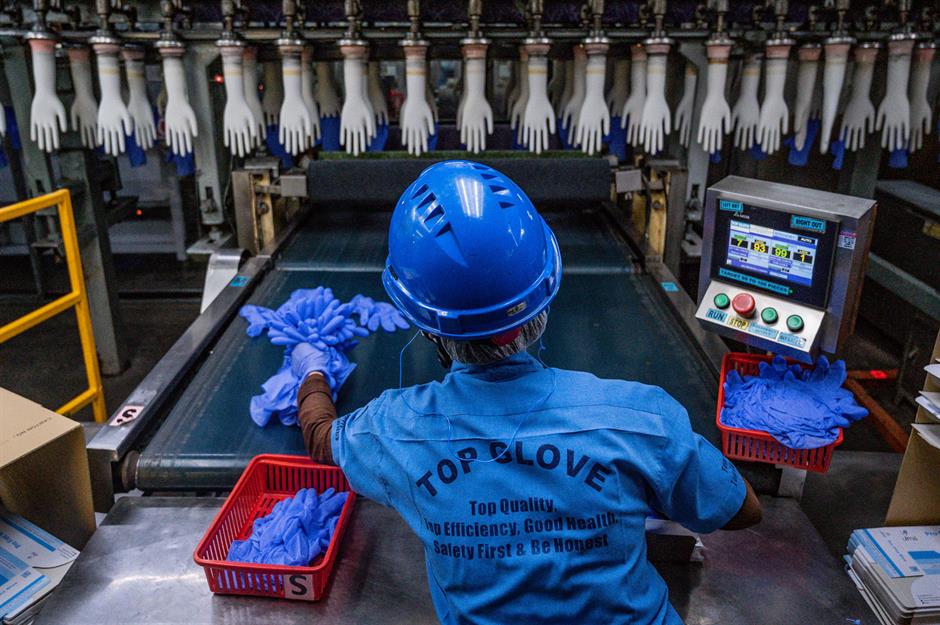
Malaysia is a major rubber producer, and much of the natural latex it produces ends up in the US. In fact, Malaysia is America's chief supplier of rubber gloves. Malaysia is the top producer globally, cranking out billions of pairs a year, and is home to Top Glove, the world's biggest manufacturer.
France: 50% of insect resin imports

France is the world's biggest and most prestigious wine producer, so it stands to reason that the country is America's premier foreign source of the beverage, accounting for 37% of its imports. But the US is actually most reliant on France for 'insect resin', an import category that might raise an eyebrow or two.
The substance is essentially shellac, which is secreted by the tiny lac insect. France imports the raw resin mainly from India and Thailand, then processes and refines it. The finished product is subsequently exported to the US and other countries for use in aptly named French polish, food glazes, pharmaceutical coatings, cosmetics and more.
Philippines: 50% of coconut oil imports

The Philippines is the top coconut oil producer globally, with its output over 50% higher than the number two, Indonesia. Not just used in cooking, the oil is a key ingredient in many cosmetics and has many industrial applications too.
America sources half its coconut oil from the Philippines, underscoring the importance of the country's homegrown industry.
Japan: 52% of piano imports

Japan is America's number one import partner in a number of areas, including industrial printers and iron pipes. But it dominates most when it comes to pianos, accounting for 52% of America's imports of the instrument.
The vast majority of Japanese pianos exported to the US are manufactured by just two firms, Yamaha and Kawai, and they've been shipping pianos to America since the 1960s.
Germany: 58% of felt machinery imports

Cars and other vehicles reign supreme as Germany's top exports to the US, and like Japan, the country is a leading American import partner across several goods categories, including washing machines.
The US is most reliant on Germany though for the rather obscure sounding 'felt machinery'. As you've likely guessed, these contraptions produce felt, which is used for clothing, handicrafts and a whole lot more besides, including insulation and sound padding.
Colombia: 60% of cut flower imports

If you pick up a bouquet of roses or carnations in the US, chances are they're from this South American nation.
Blessed with the perfect growing conditions, Colombia is the world's second-largest flower producer after the Netherlands. A staggering 80% of its blooms are exported to America, with Colombia the nation's principal foreign source by a huge margin.
Argentina: 60% of groundnut oil imports
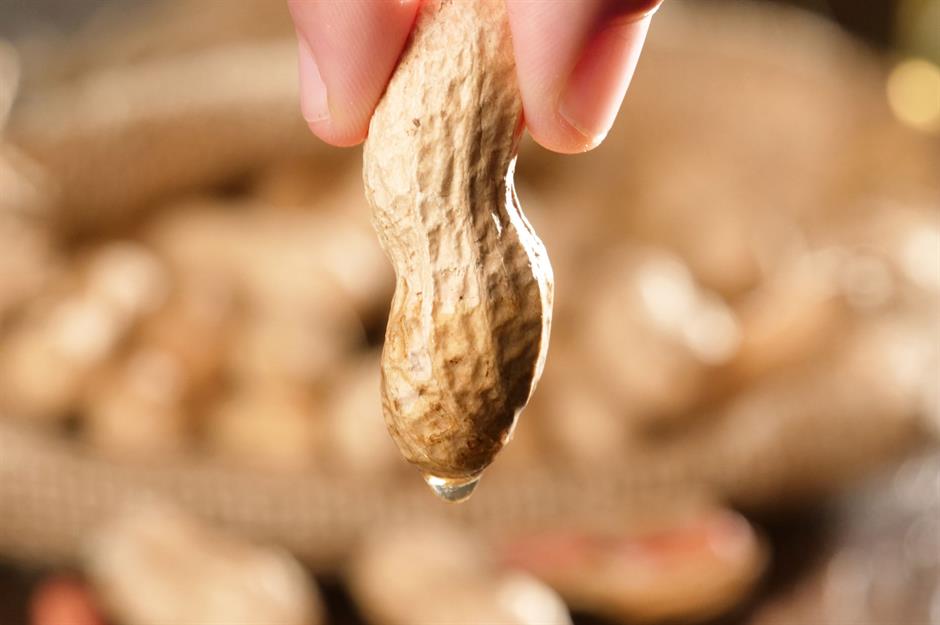
The US accounts for only 9% of Argentina's total exports, far less than many other countries in South America. But the Latin American nation is an important foreign source of several items, most notably groundnut oil, aka peanut oil.
Argentina supplies 60% of US imports. That said, America is a major peanut producer and actually produces more of the oil than Argentina, so the volume it ships in from the country is relatively small, with the total value just $26.3 million (£19.4m) in 2023.
Spain: 62% of olive oil imports
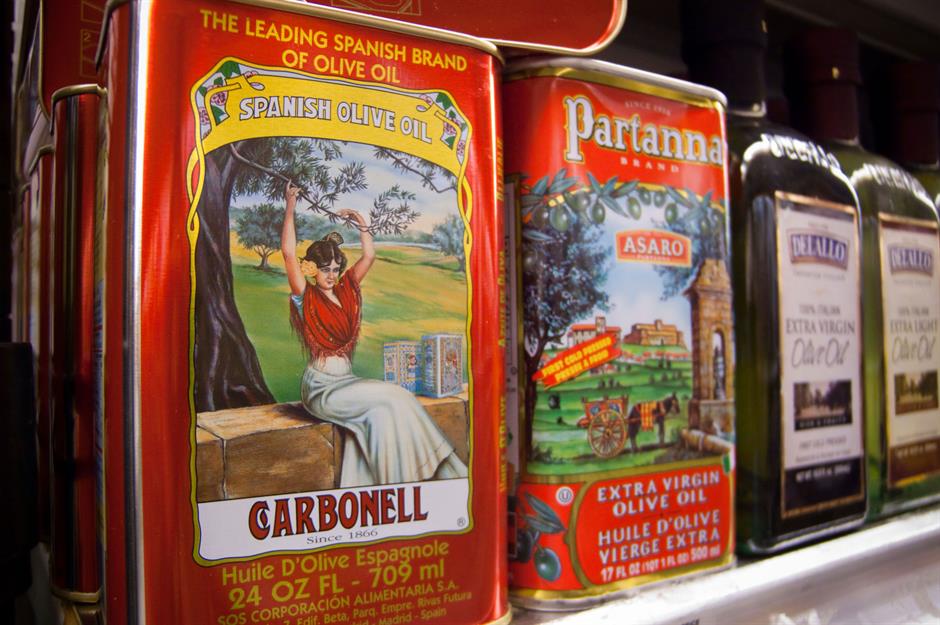
Americans can't get enough olive oil – in fact, in 2023, the US surpassed Spain to become the world's second-biggest consumer after Italy. Yet despite being out-consumed, Spain is the number one supplier to the US, serving up 62% of its imports.
Fortunately, Spanish olive oil is unlikely to be impacted by the Trump administration tariffs. Thanks to better weather conditions, production has surged in the country and prices are coming down, with any potential additional costs set to be absorbed.
Netherlands: 70% of bulb and root imports
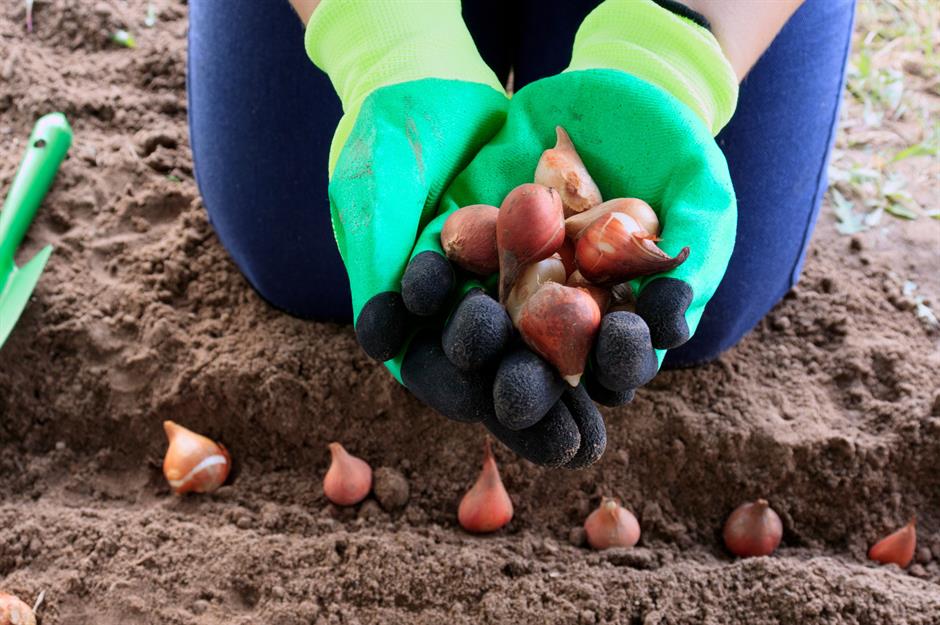
Famed for its tulips, the Netherlands is the world's leading exporter of flower bulbs, accounting for a whopping 85% of the global trade. The US is reliant on the country for 70% of its imports of the horticultural essentials.
The Netherlands is also America's top foreign source for cocoa powder, processed mushrooms and linoleum.
Chile: 71% of refined copper imports

Chile is the world's biggest copper producer, and the country provides nearly three-quarters of America's supplies. The US is a major producer but doesn't manufacture enough of the metal, which is fundamental for all modern electronics and infrastructure.
Imports soared earlier this year as exporters rushed to beat potential tariffs, though no specific levies have been imposed on copper as yet.
New Zealand: 73% of miscellaneous animal fat imports
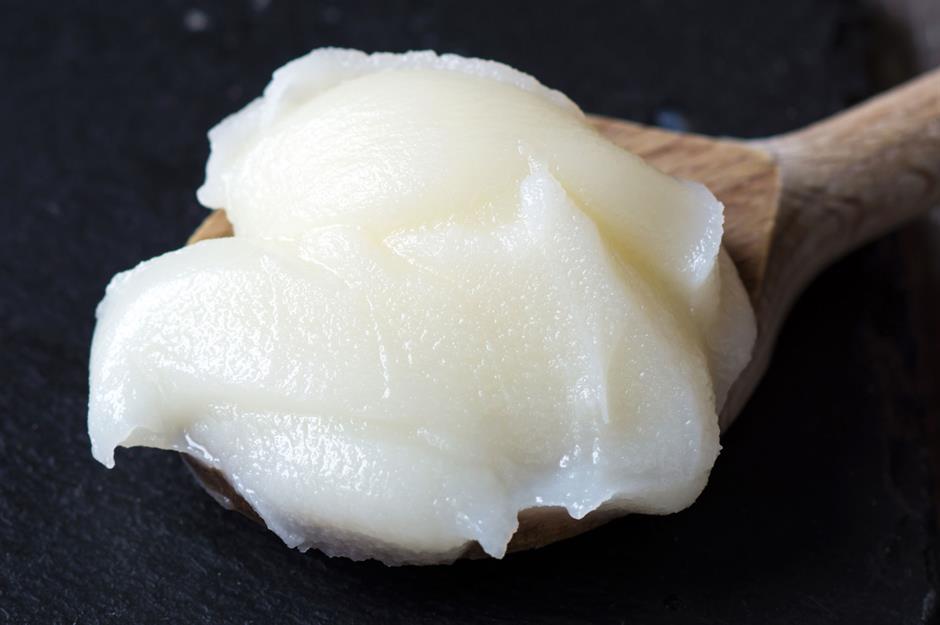
A byproduct of New Zealand's sprawling meat industry, tallow is churned out in vast quantities in the country, which ranks as the world's second-biggest producer. America sources the majority of its animal fat imports from New Zealand. As well as being used for cooking, these fats also go into animal feed, biofuels, cosmetics and more.
This year, the industry's reputation took a battering when a group of companies were hit with massive fines for adulterating their tallow with vegetable oil before shipping it overseas.
Australia: 74% of sheep and goat meat imports

The US isn't an especially important market for Australia, accounting for only 6% of its total exports. The nation's big-money commodities like iron ore and coal predominantly go to China, its leading export partner. America does, however, have a keen appetite for Aussie meat.
Production has risen sharply since drought conditions eased in 2021. This has coincided with a decline in US production, opening up new opportunities for Aussie exporters. At the last count, America was sourcing more than half its lamb and mutton from overseas and much of its goat meat, with Australia the number one provider by a long shot.
Brazil: 76% of semi-finished iron imports

Brazil is America's primary foreign source for semi-finished iron, a vital component in steelmaking. These imports are now subject to harsh tariffs, which are likely to significantly impact the flow of the metal from Brazil to the US.
Aside from semi-finished iron, Brazil is also America's leading overseas source for coffee, fruit juice, raw sugar and building stone.
India: 89% of synthetic reconstructed jewellery stone imports

America is most reliant on India for fake gemstones of all things. They make up 89% of US imports. India is also America's leading foreign source for diamonds, while precious stones, metals and pearls represent its most lucrative US export category.
Simply put, India is America's overseas go-to for all things bling.
Mexico: 94% of self-propelled rail transport imports

Mexico dethroned China in 2023 to become America's number one import partner. Last year, its US exports were worth a jaw-dropping $505.85 billion (£373bn).
Mexico is America's top source for an array of goods, including computers, electrical machinery and refrigerators, but the US is most dependent on the country for self-propelled rail transport, basically locomotives and train carriages that can run on their own power. Mexico is especially vulnerable to US tariffs given its immense trade volume with the nation.
China: 97% of baby carriage imports

China may no longer be America's top import partner, but it nevertheless exported goods worth $438.95 billion (£323.5bn) to the US last year, so it comes a pretty close second. However, its exports to the country have plunged of late due to President Trump's steep tariffs, with shipments down by 34% in May. That's the biggest drop seen in five years.
China's most lucrative exports to America are electronics, but the US is most dependent on the People's Republic for baby carriages. China is also America's leading source for a wide range of goods, from toys to smartphones and video games.
Switzerland: 98% of precious metal watch imports

While India might deck America out in gemstones and other bling, Switzerland handles the truly prestigious wristwear. When it comes to precious metal watches, the US looks almost exclusively to Switzerland – its renowned manufacturers like Patek Philippe and Rolex supply a commanding 98% of these imports.
Switzerland is also America's premier foreign source for base metal timepieces, underlining its role as the global centre of watchmaking.
South Africa: 98% of chromium ore imports

America is enormously reliant on South Africa for chromium, a critical mineral essential for steel making. The US imports 83% of its supplies, with 98% of that figure coming from South Africa.
Given its classification as a critical mineral and the lack of domestic production, chromium ore has been exempted from the Trump tariffs, a strategic move to safeguard supplies for the homegrown steel industry.
Peru: over 99% of calcium phosphate imports
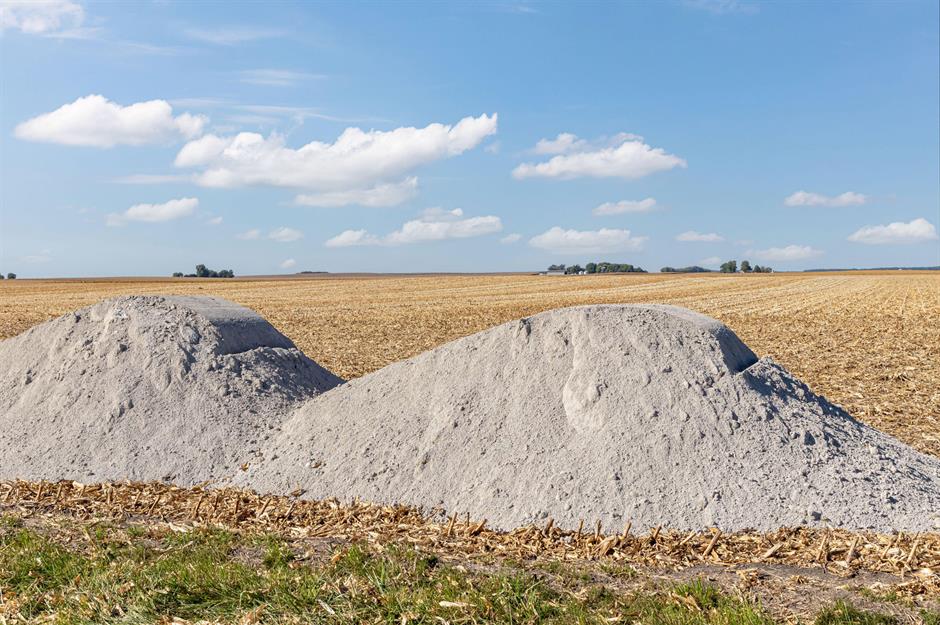
Peru's most important exports to the US include fresh fruit and copper. But in terms of dependence, the US is almost totally reliant on the South American nation for its imports of calcium phosphate, a key fertiliser ingredient that's vital for US food security.
America produces around 88% of what it uses and looks to Peru to make up the shortfall.
Canada: over 99% of live pig imports

America's third-biggest import partner, Canada supplied its neighbour to the south with goods worth $412.7 billion (£305bn) in 2024. The Great White North is the source of almost all US live pig imports, and while they make up only 5% of the hogs slaughtered in the country, America has no other major foreign source if its domestic supply faces disruption.
In fact, the US is hugely dependent on Canada for a wide variety of essentials, from oil to aluminium, a reliance that makes the ongoing trade war initiated by Trump incredibly costly for both nations.
Now discover the 25 countries leading the EV revolution, ranked
Comments
Be the first to comment
Do you want to comment on this article? You need to be signed in for this feature